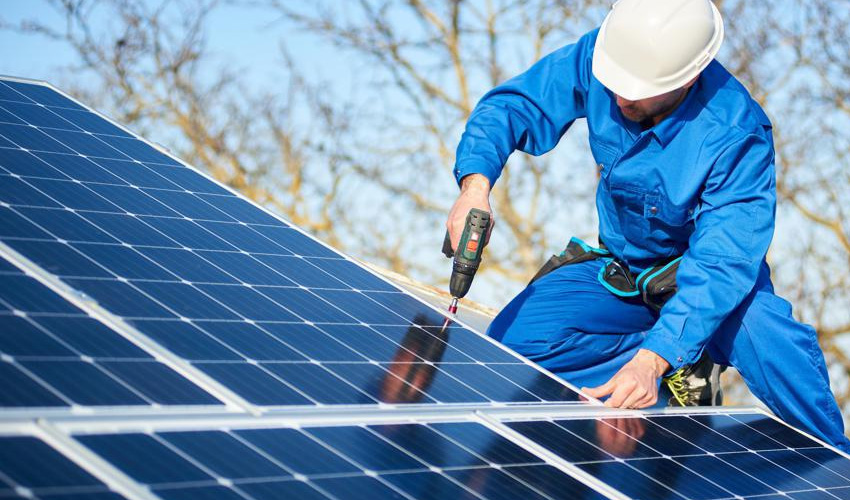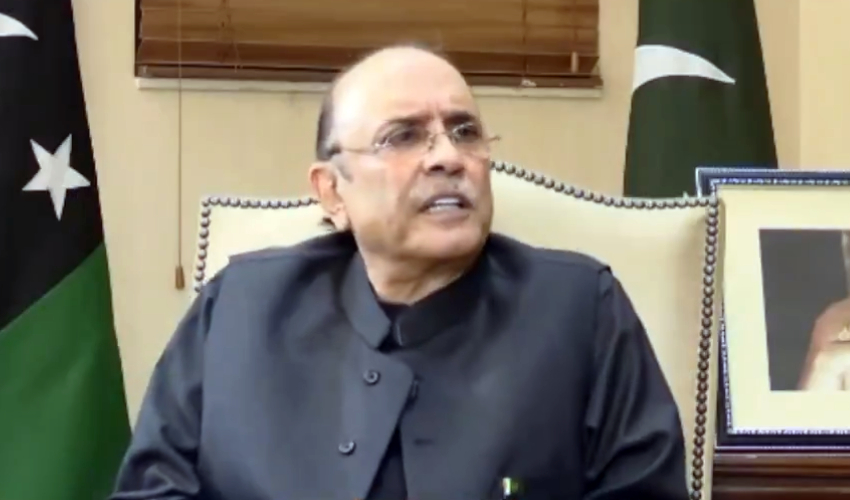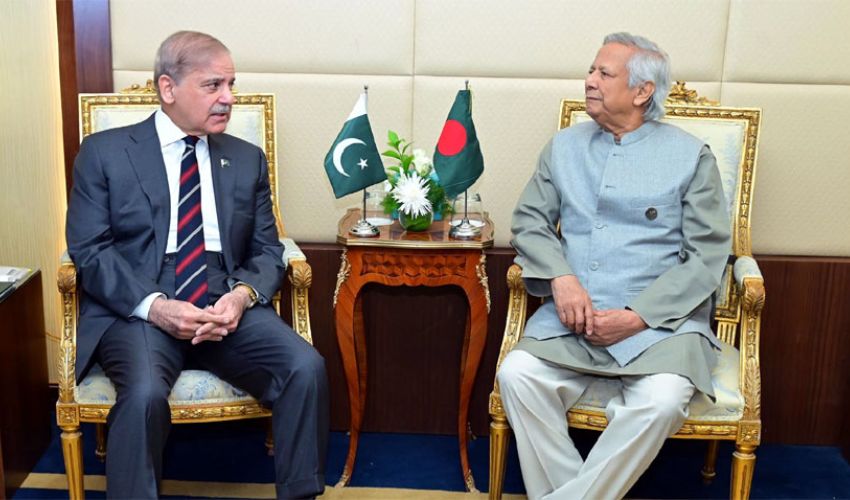The price of solar panels in Pakistan has hit a new low, with costs dropping to just Rs 28 per watt.
Federal Minister for Energy Owais Laghari recently revealed that the country imported a staggering 8,000 megawatts (MW) of solar panels in just the last 12 months. This is equivalent to roughly 30-35% of the electricity output of the world's largest hydropower plant, China’s Three Gorges Dam, which has a capacity of 22,000 MW.
Increased demand and market growth
The Pakistani market’s demand for solar energy has been on a steep rise, with the price drop further fuelling interest. Buyers are flocking to the Karachi exhibition, lured by the prospect of affordable renewable energy amid skyrocketing utility bills.
The dramatic reduction in prices is not limited to Karachi, though it does vary across regions. Lahore and other major cities also report decreasing solar panel prices, though not as low as Karachi’s current rate of Rs 28 per watt. Local suppliers are optimistic that prices may drop even further, making solar energy an increasingly viable solution for both households and businesses.
Buying solar in Pakistan: A step-by-step guide
For consumers interested in transitioning to solar power, experts recommend taking several steps to ensure the best possible setup:
-
Assess energy needs: Review monthly electricity consumption and calculate peak load requirements, while considering potential future expansion.
-
Decide on system type:
- On-Grid: Connected to the national grid with no backup.
- Off-Grid: Independent system requiring batteries for backup.
- Hybrid: A combination of on-grid and off-grid, with backup power from batteries.
-
Choose system size:
- Small (1-3 kW): Suitable for basic household needs.
- Medium (5-10 kW): Ideal for larger homes or small businesses.
- Large (10-20 kW and above): Best for commercial or industrial use.
-
Select components:
- Solar Panels: Monocrystalline panels offer higher efficiency at a higher cost, while polycrystalline panels are more affordable but less efficient.
- Inverter: Converts DC power from solar panels into AC power for home or business use.
- Batteries: Options include Lead-Acid (lower cost, shorter lifespan) or Lithium-Ion (more expensive, longer lifespan).
- Charge Controllers: MPPT controllers are more efficient than PWM models.
- Mounting Structures: Choose durable and corrosion-resistant materials for panel installation.
-
Check financial incentives:
- Net Metering: Allows consumers to sell excess electricity back to the grid.
- Government Incentives: Investigate potential subsidies or tax rebates for solar energy adoption.



























